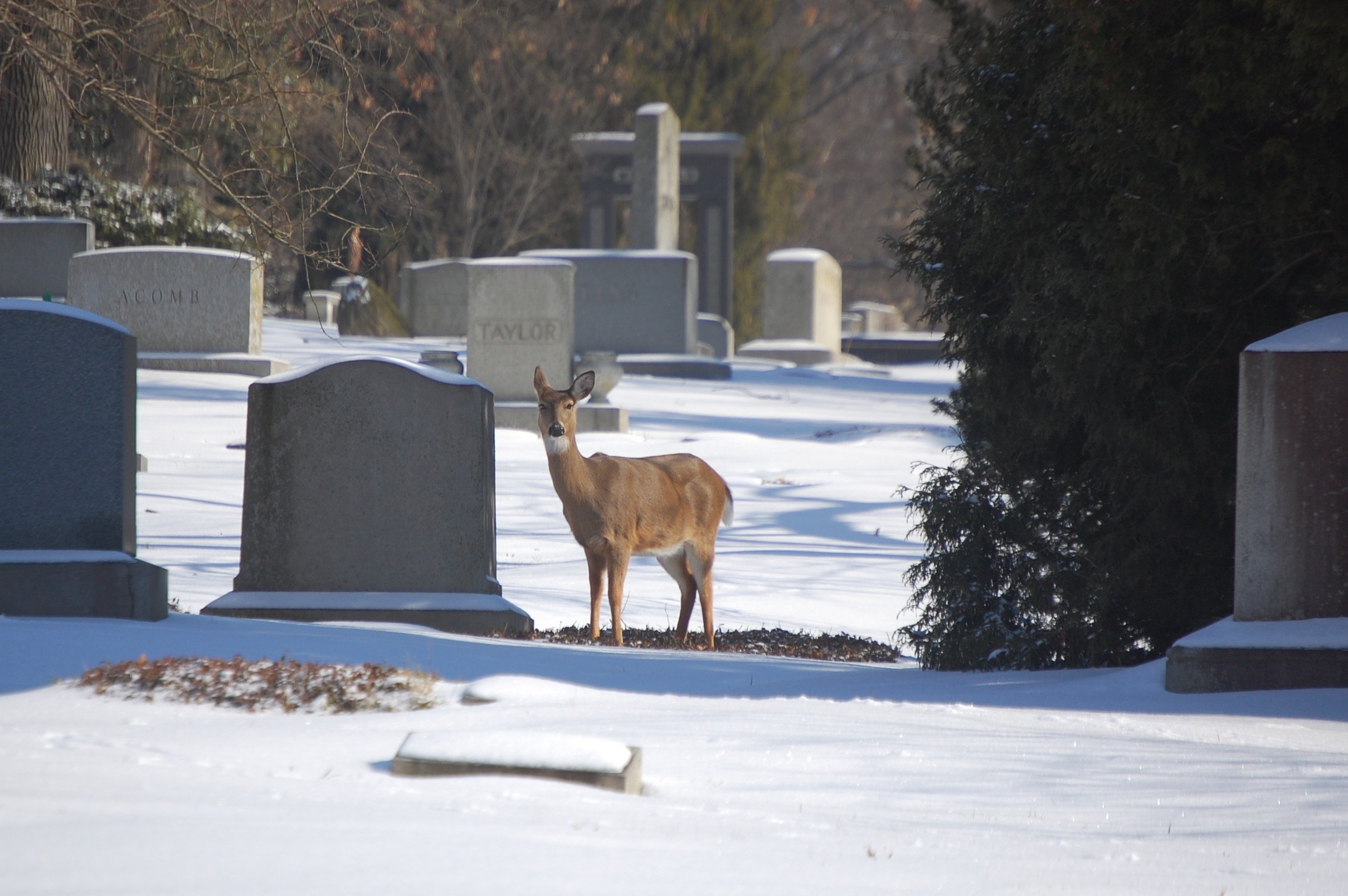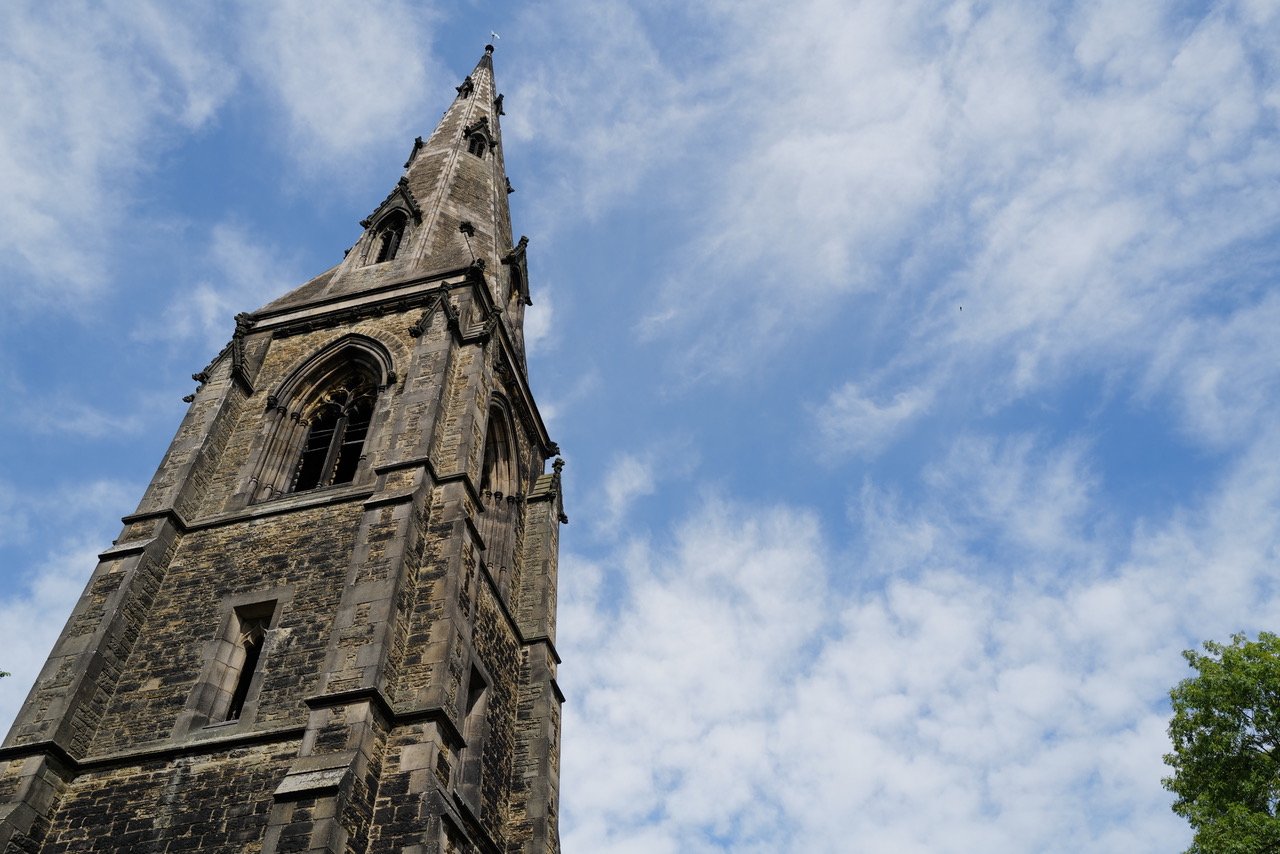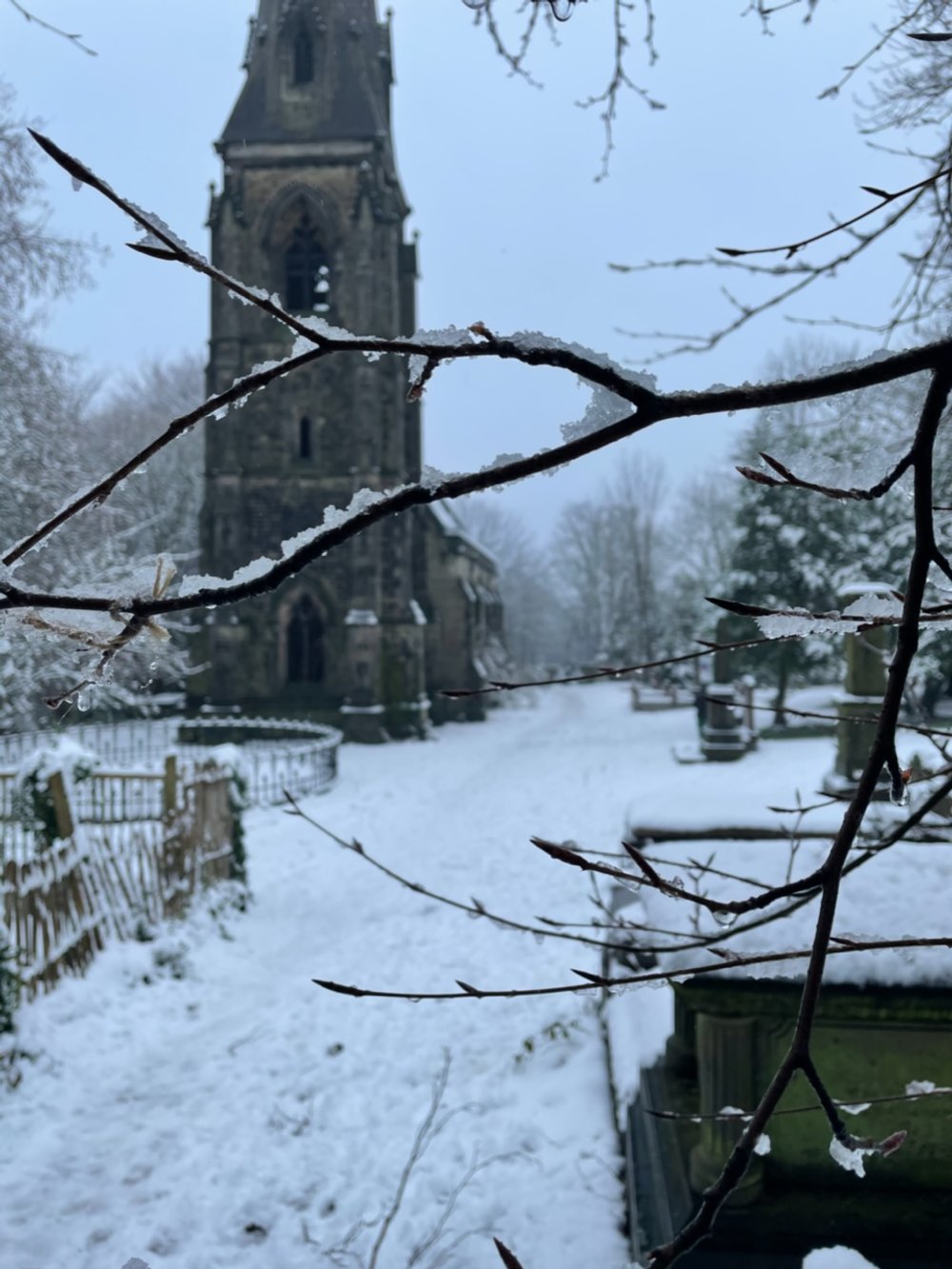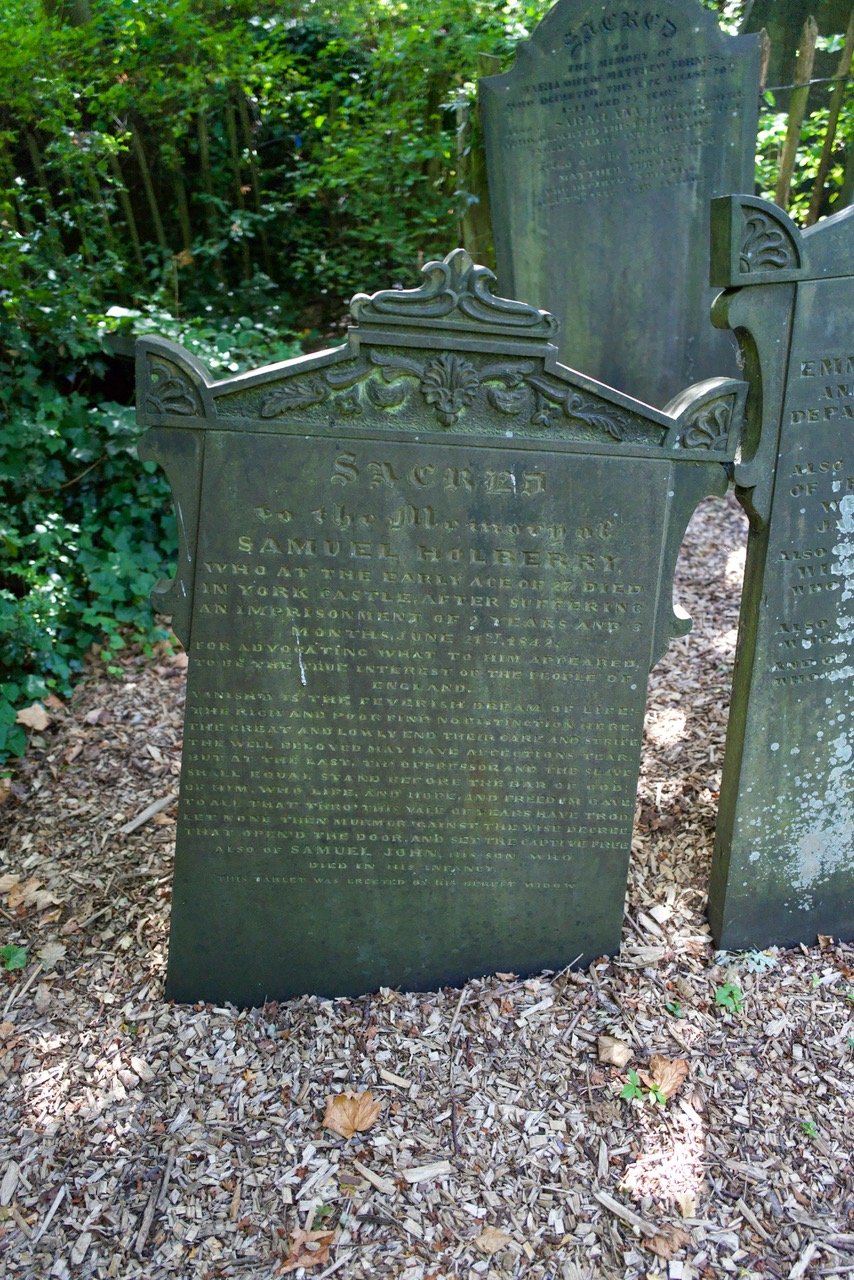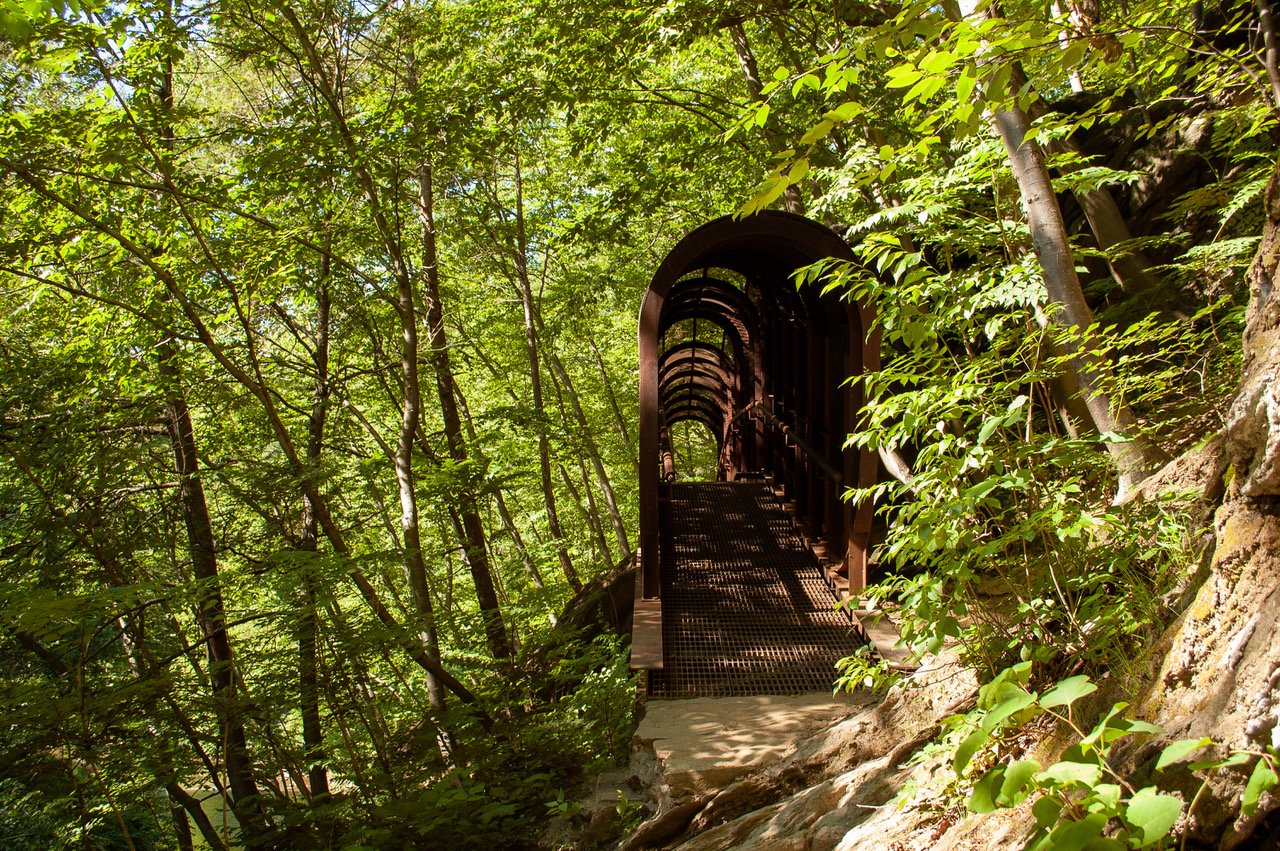Notes on Walking: Athens, London & Ottawa
/By Ashley Alexandra:
There are two million cafes in Athens and each one is perfect.
In the summer, the city smells like hot garbage. But at 2am, sitting on our balcony, I could smell the bread baking from Takis’ Bakery just below. There isn’t a better smell in Athens. Except maybe for the scent of night-blooming jasmine along the Acropolis. It’s so sweet it nearly suffocates you.
It’s illegal to charge more than 50 cents for a bottle of water. It’s simply too hot to mark up such an essential item. Athens is hilly and exhausting. The sidewalks are fleeting. They drop off without a moment’s notice and all of sudden, you’re in the street facing off against bad drivers, the worst drivers, who are trying to kill you for daring to enter their designated space. How does anyone operate a wheelchair, or a broken foot or a pram in this city? They must stay home.
It’s hazardous, but rewarding to walk in Athens. Athens is all vistas and tableaus. No one in their right mind would tire of seeing the Parthenon suddenly appear, floating in the distance, when they turn a corner. So too, the crumbling storefronts that look like they haven’t been shopped in since 1974. Or the old men on a corner kafeneio sipping coffee and gossiping. I never tire of these things.
There are flowers everywhere in Athens. They grow wildly. Jasmine, Bougainvillea, Wisteria. Spiderwort, Lantana, Poppies. Flowers that would cost you $60 for a couple of blooms in a clay pot back home. There are Cypress trees and Monstera. Palms and Giant Aloes dotted all along the hills. Mega Aloe. Megalo.
I never wore sandals at night, for fear of cockroaches scurrying over my feet. Late night Athens is so very alive. You don’t see much public drunkenness in Athens, but everybody is gathering and drinking and yelling. Families come out at 11pm; children can finally use the playground equipment without getting burnt by the metal.
Athens is pink and fractal. You can walk to the ocean in an hour. Once I watched it snow on the Acropolis. It’s the best place in the world.
***
London is an international space station. It’s moody and orderly.
I hated London. I made playlists about wanting to leave and walked around angrily. There are so many private gardens and gated communities in London. Who do these Hampstead snobs think they are?
The public parks in London, though, will change your life. The best Christmas I’ve ever had was spent drinking a coffee while walking in Hampstead Heath. Reading the names of the various species of roses in Regents Park is a walking meditation. I’ve heard there are even dinosaurs south of the river but I never made it there. I have seen the parakeets, though. And the deer. But it's the foxes, nocturnal and elusive, that delight me the most.
Nobody looks at you in London. There is no unwanted eye contact. This is a city of anonymity - something I didn’t know that I desperately needed until I got it. The homes in London, curtains ajar, practically beg you to sneak a peek as you walk by - another simple, anonymous joy.
London is brise-soleils and bench dedications. Always remember to read the plaque. If you’re lucky, it’ll punch you in the gut.
London is a vortex. It’s 800 small villages that have nothing to do with each other and the architecture shifts accordingly. I walked from my home in Finsbury Park to my office in Bloomsbury. From overcrowded sidewalks to quiet gardens. On Holloway road, I walked past Turkish grannies rolling gozleme in the kebab shop windows. On Gower street, I walked past enough blue plaques for a year’s worth of history lessons, which all boil down to this: everyone who’s anyone has lived in London. London didn’t even have a Mayor until the year 2000. There is no centre. It does not hold.
London is a brutalist utopia. The Barbican. Alexandra Estate. Trellick Tower. Balfron. Brunswick Centre. Royal Festival Hall. These are places built for walking. The architects just didn’t plan on cars getting in the way. London is a refuge for the perambulating, misunderstood modernist.
It feels good to walk in London. It’s so easy to walk in London. It’s better to walk than take the Night Bus, certainly on a Saturday night. Just watch out for moped thieves. Don’t stand checking your phone at an intersection. Actually, just keep walking if there are no cars. Watch the traffic, not the traffic lights.
Bury me in Abney Park cemetery. Or in Highgate, next to Karl Marx and his maid. Or maybe just a bench dedication along the Parkland Walk.
***
Ottawa is just a concept. It could be Dallas or Calgary or Buffalo. Where is our vernacular? Why can’t I see it?
It’s difficult to walk around the city that you grew up in with fresh eyes. I walk past memories. Dull and stupid memories. There’s where I had my root canal (Carling ave). There’s where I skipped school and bought my first records (Lincoln Fields Mall). There’s where I almost got married (Hintonburg). Ottawa is an unwelcome memory palace.
If you walk one hour in any direction in Ottawa, you will inevitably hit unwalkable, ugly sprawl. It’s unwalkable because it’s ugly. It’s devoid of density. Every city has soulless suburbs, but Ottawa is drowning in them.
I don’t have to watch my phone or my bag in Ottawa. I can walk along the canal at 2am. The cars are still dangerous, but at least you can fight back here; I slam on their hoods when they try to cut me off.
There is a thick layer of ice along the sidewalks for five months of the year here. The city government doesn’t care about pedestrians. Helsinki has heated sidewalks. Ottawa has a transit system whose train tracks freeze in the winter.
Ottawa is fragmented and complacent. Everyone looks at you as you pass by. What are they staring at?
For an entire month last winter, nazis and white supremacists took over the downtown streets and occupied the space directly below my apartment. I threw ice at them from my balcony and gave them the finger as I walked by. I told my boyfriend that I hated it here and booked a trip to London.
***
Ashley Alexandra was born and raised in Ottawa, Canada. She has lived, worked and walked in the UK and Greece. She is a militant pedestrian and a strong advocate of participatory democracy.












